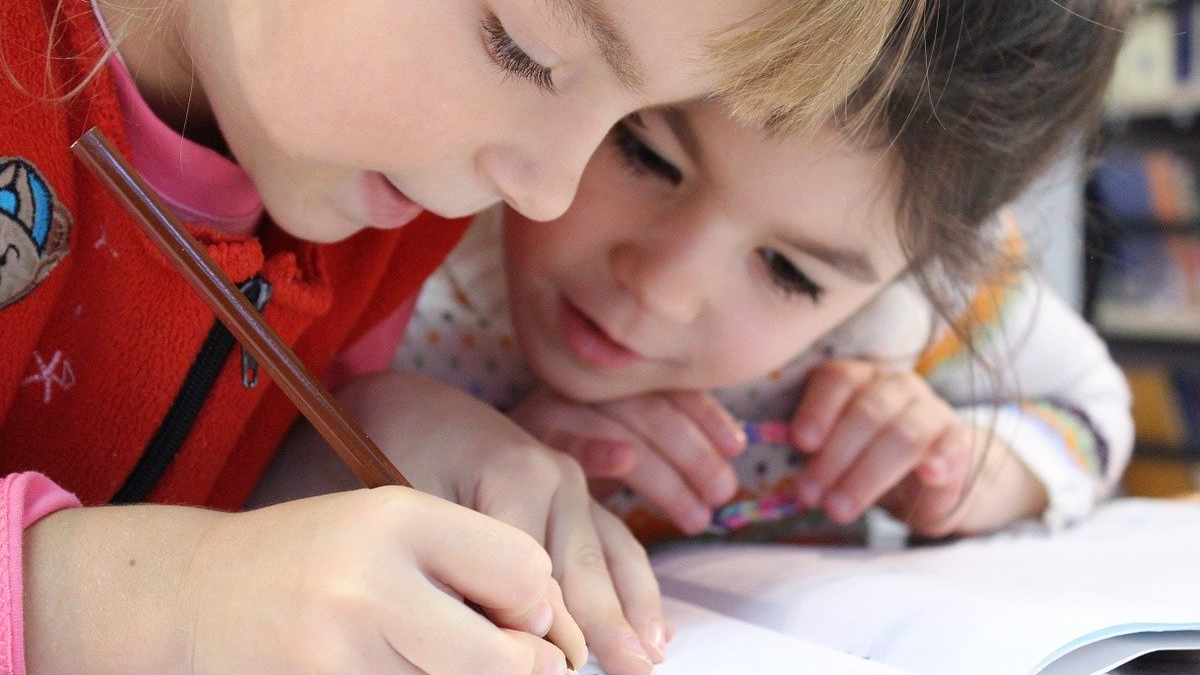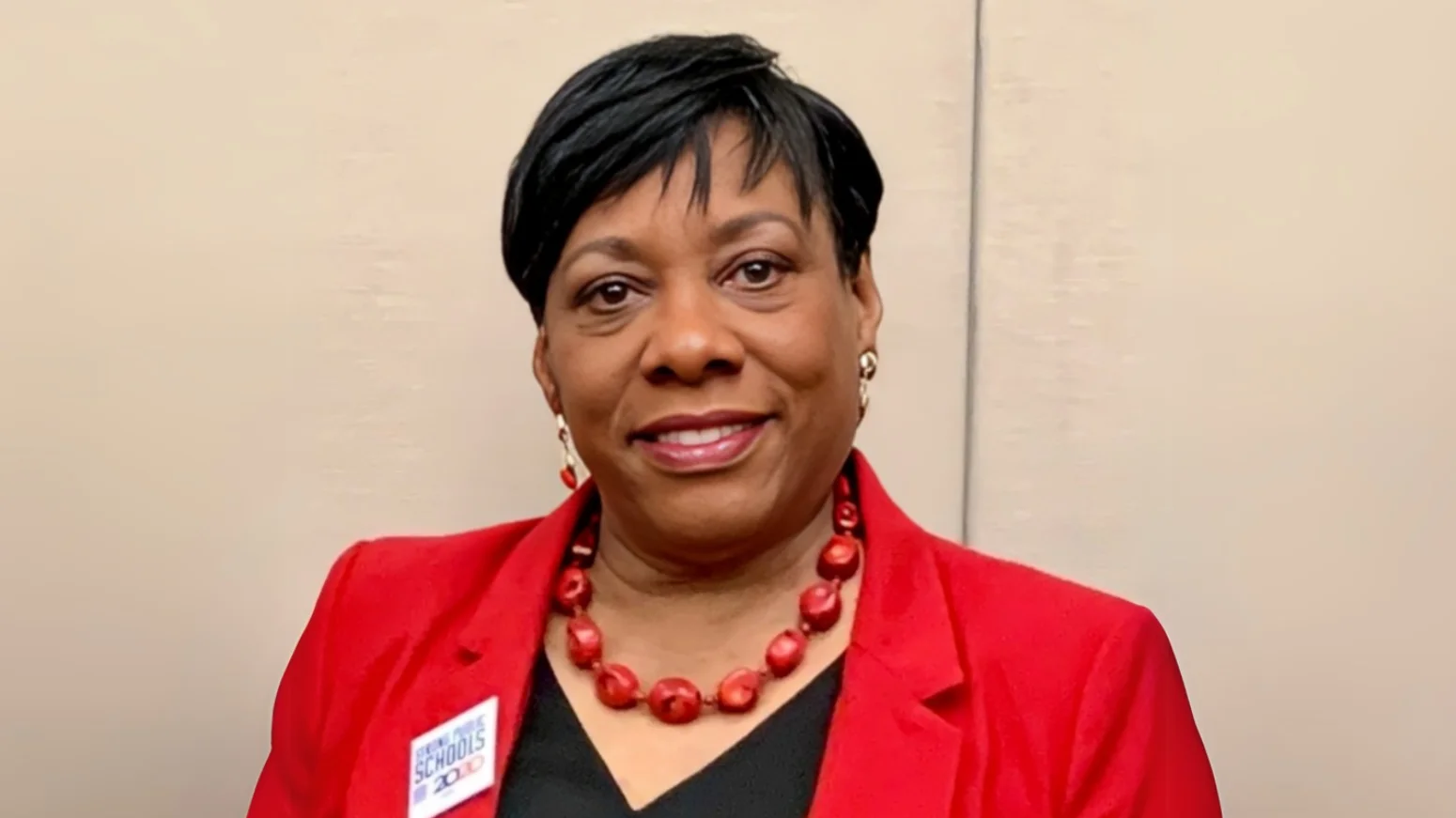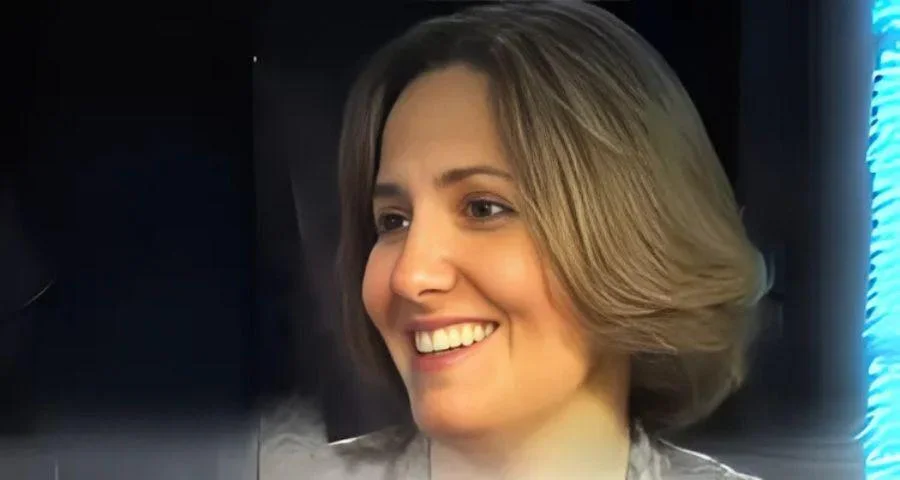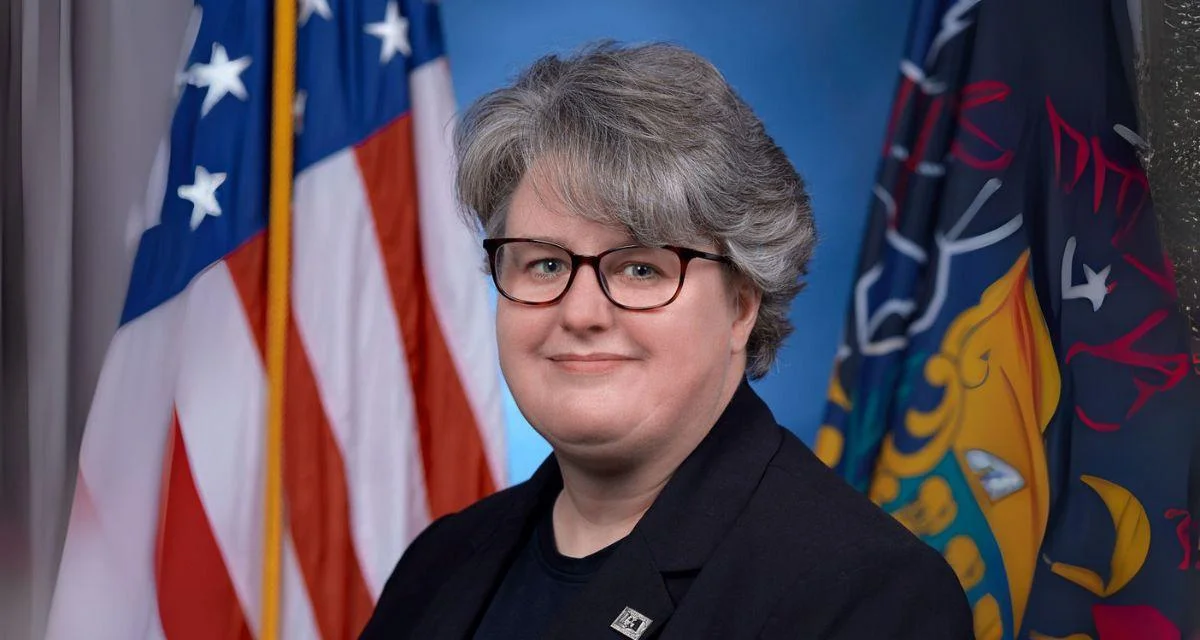
An education expert said students should still be held to high standards in remote learning. | Pixabay
An education expert suggests focusing on rigor, expectations, scaffolding and demonstration of learning when working on the logistics of remote learning.
Dr. Barbara Blackburn, an author and an expert who collaborates with schools in professional development, said that everyone seems to have different definitions of what rigor is when it comes to remote learning, in a blog post for Texas Elementary Principals and Supervisors Association.
"Rigor is creating an environment in which each student is expected to learn at high levels, each student is supported so he or she can learn at high levels, and each student demonstrates learning at high levels (Blackburn, 2018)," she said.
Blackburn said that rigor helps to view remote learning differently.
"Based on my decades of experience in education, and my years of experience teaching remotely, I have found there are eight core beliefs to support student learning in a remote setting," Blackburn said.
Blackburn notes that when moving to remote learning, educators do not need to get rid of all of their instructional practices and, instead, just need to adapt to the new setting. She said students should still be held to high expectations and must be able to still recognize and explain misconceptions.
"Next, they must verify the reasonableness of their answers and provide a sound argument in support of their response that elaborates on the real-life situations," she said.
Blackburn also suggests being held to a high level of rigor also requires a higher need for support and in remote learning, students can either complete organizers in shared documents or alone.
"A specific type of graphic organizer is a mind map or concept organizer," Blackburn said. "Students can organize their thoughts by category, which helps them explore a concept in more depth. There are a variety of online tools students can use to create their own."
Blackburn also said in remote learning students can do multiple-choice tests or performance-based tests. She suggests leaders also ask teachers what they need and help to remove barriers to success.
"When you understand what your teachers need, and then help them to succeed, you will find that your remote learning instruction, and then your students’ learning will soar," Blackburn said.





 Alerts Sign-up
Alerts Sign-up